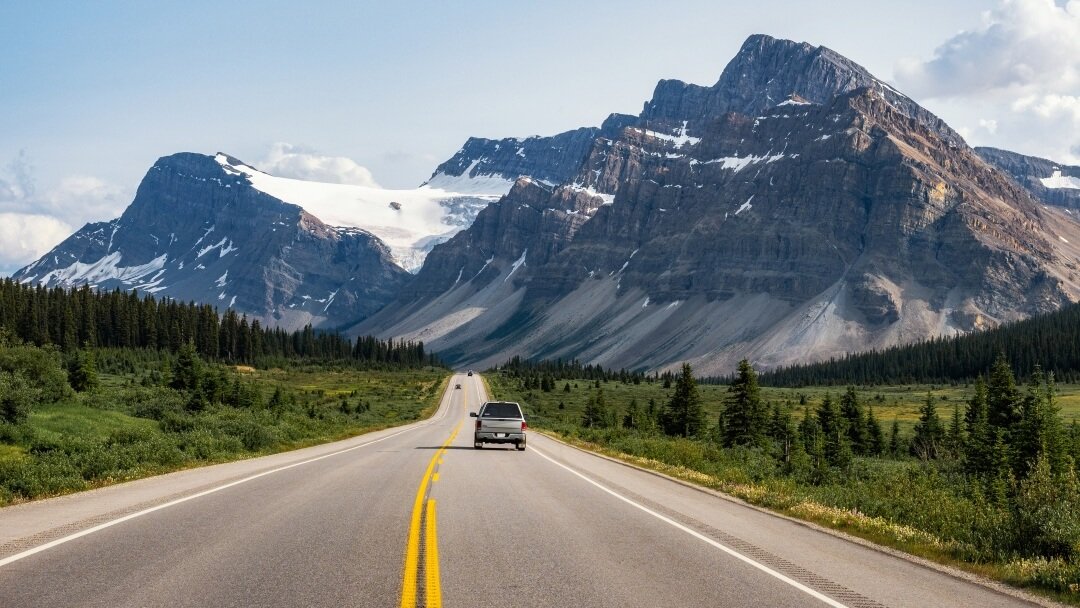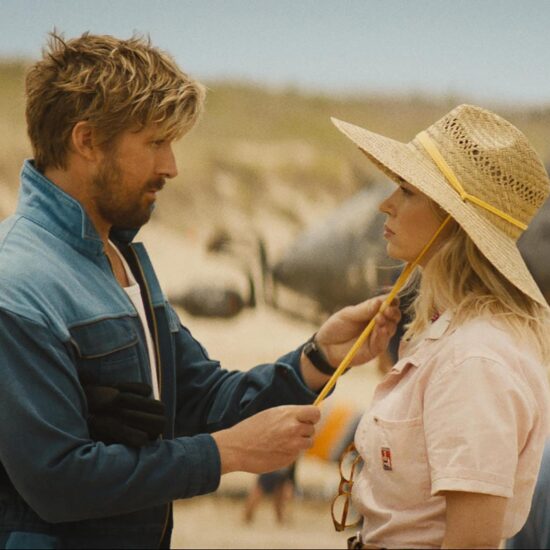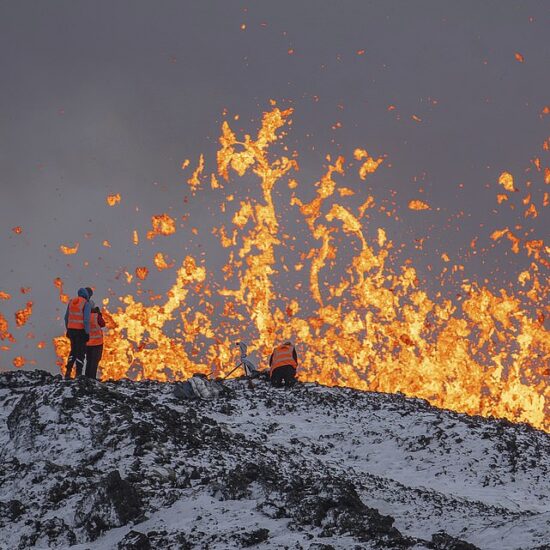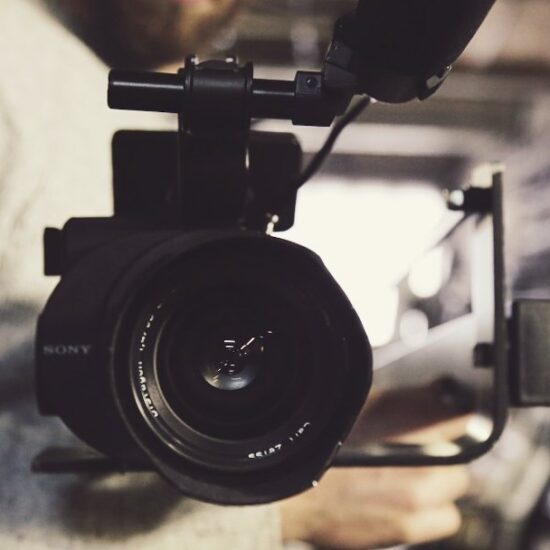
The “road trip” movie genre is a tried and true recipe for a good film, naturally taking the characters on a physical and emotional journey. However, the logistical problems of producing this type of movie can intimidate even the most experienced filmmakers.
Here are some of the greatest real-life challenges of making road trip movies and how you can address them.
Mapping Out the Filming Locations
Traveling to a handful of locations for a regular movie is challenging enough, but road trip movies include dozens. The production team is constantly moving from one place to the next. The locations don’t have to be far away from each other, but they must have different landscapes to create the illusion that the characters are traveling long distances.
In order to create this illusion, road trip filmmakers must apply precise attention to detail during their research of each location. Take an in-depth look at the road conditions, geography and local architecture. These features must fit within the film’s chronological order, but they must also be manageable for the cast and crew.
You also need to consider the film’s timeline. Some road trip movies have plots that take place over the course of several years or thousands of miles. If your road trip movie has an extended plotline, each successive location must reflect accurate changes in culture, dialect, clothing, vehicles and other technologies.
Travel Expenses and Delays
Travel expenses are always a challenge of filmmaking, but they are a constant problem with road trip movies. Fuel is the first expense that comes to mind in the current economic climate. Gas prices remain at high rates worldwide due to global conflicts, which can take a huge bite out of the film’s limited budget.
Flying can help you avoid high gas prices, but plane tickets aren’t cheap either. The risk of a delay is also much higher when flying instead of driving. A significant portion of the budget also goes toward lodging accommodations for the cast and crew if they need to travel to remote locations. These expenses leave less money for advanced camera equipment and special effects to make your film look more professional.
Road tolls are everywhere, and they might put your team behind schedule by making you wait in line to pay. However, you can solve this problem with toll transponders. This technology uses wireless transmitters attached to your vehicle to connect authorities to your payment information through radio waves. You can’t avoid paying the tolls, but you can avoid waiting in line.
Of course, there is always the chance that a car accident or inclement weather interferes with your travel plans. Every film has to account for these risks, but they are slightly more concerning for road trip movies because you never stay in one place for long. The only thing you can do is make sure the cast, crew and equipment are properly insured.
Filming the Driving Scenes
A significant portion of road trip movies consists of driving scenes. Usually, the characters are driving in silence or exchanging dialogue to move the plot forward, but there is also the iconic car chase scene that has been a staple in filmmaking for more than a century. In any case, driving scenes are some of the most difficult of the entire shoot.
You might need to implement some complex camera and audio techniques to film these scenes safely. The “poor man’s process” is a viable option for driving scenes with simple dialogue. This old car cinematography technique simulates the act of driving in a stationary vehicle by flashing background lights, shaking the vehicle and pulling off other optical illusions.
For complex driving scenes that include wide shots and dangerous stunts, you have to incorporate more advanced filming equipment. In professional films, producers heavily rely on horizontal and vertical camera dollies to capture those fast-paced moving shots. Your road trip movie might include a healthy dose of dolly shots.
Constant Loading and Unloading of Equipment

Another logistical challenge of making road trip movies is the constant loading and unloading of equipment. You organize all of the camera units, spotlights, dollies, boom mics and other essentials, take a handful of shots, then pack everything up and move onto the next location. This process can get tiresome and lead to costly mistakes.
If there’s one thing you should spend extra money on, it’s protective cases for your equipment to ensure that nothing breaks during filming. You should also invest in a reliable travel trailer to haul everything together instead of in separate vehicles. Find ways to simplify the loading and unloading process wherever possible.
The leaders of the production — director, producers and department heads — must also keep the team’s morale high during filming. Road trip movies can be exhausting for the cast and crew. Make sure they get enough rest and try to keep things cheerful on set. Your production style should emulate the upbeat and adventurous tone that road trip movies tend to have.
Become a Master of the Road Trip Genre
The road trip movie genre presents some harrowing logistical challenges, but creative directors always find solutions. Following this guide will help you understand the biggest obstacles road trip movies present and how to tackle them head-on. Put these tips into action and become a master of the road trip genre!















